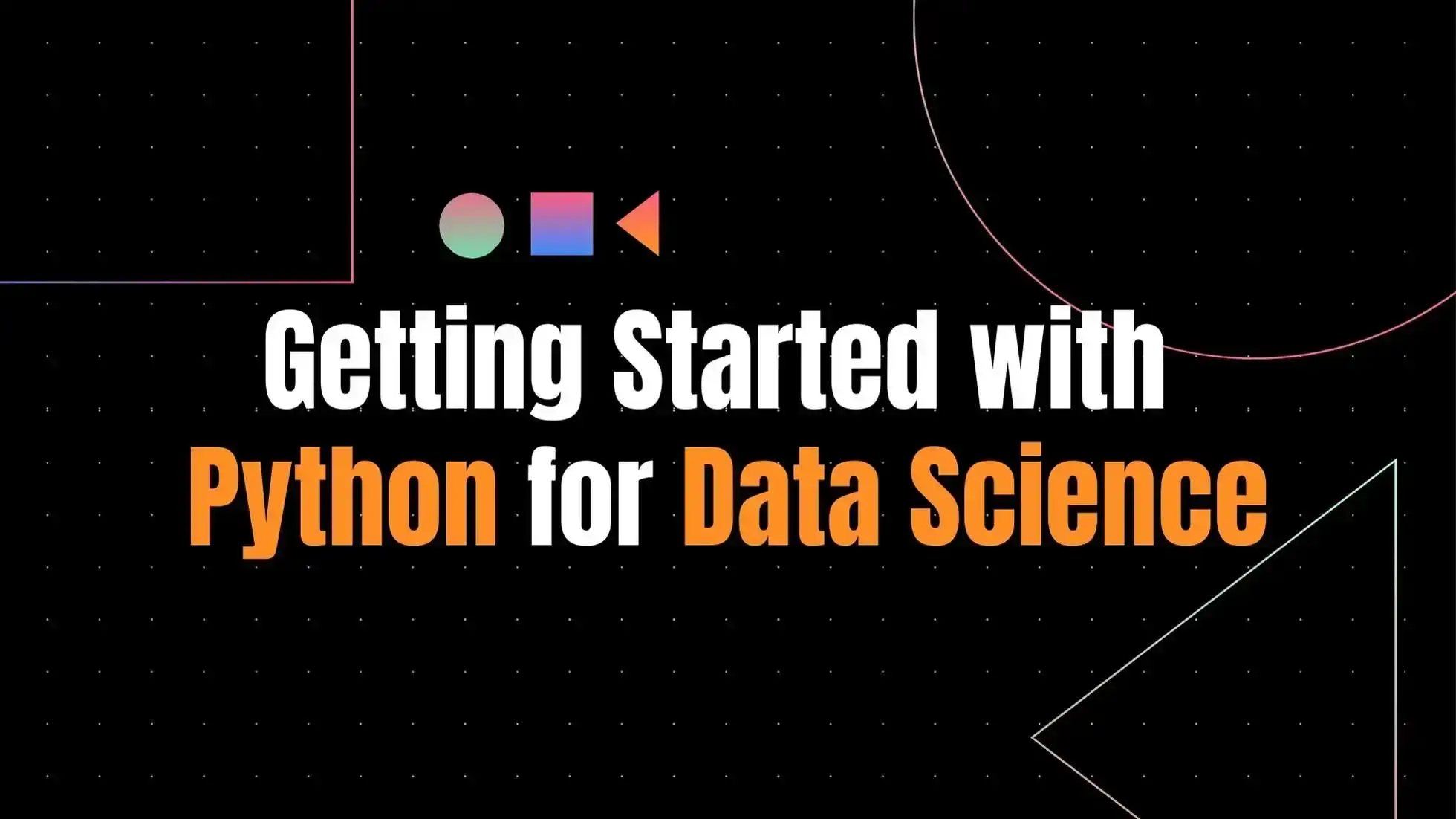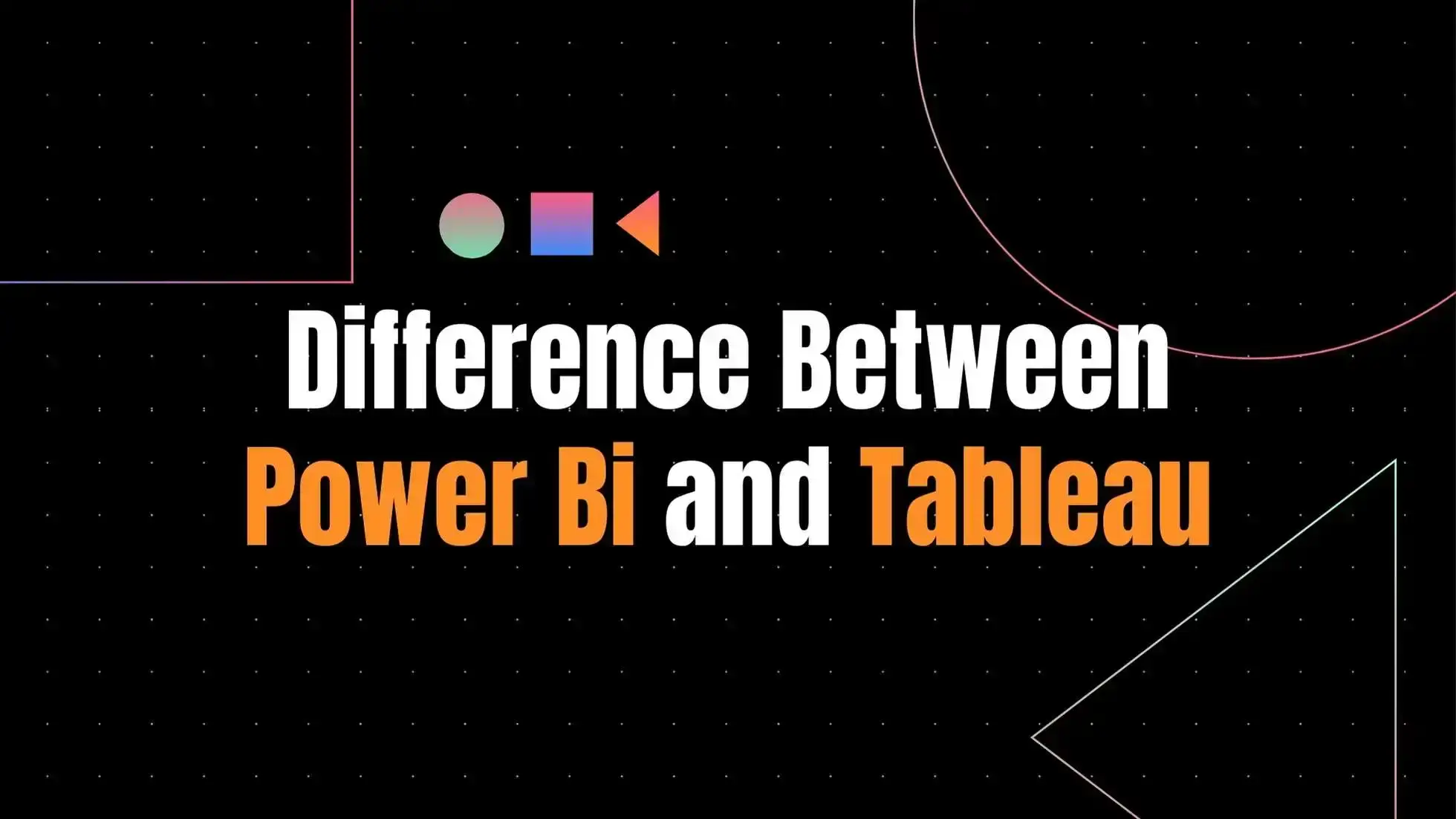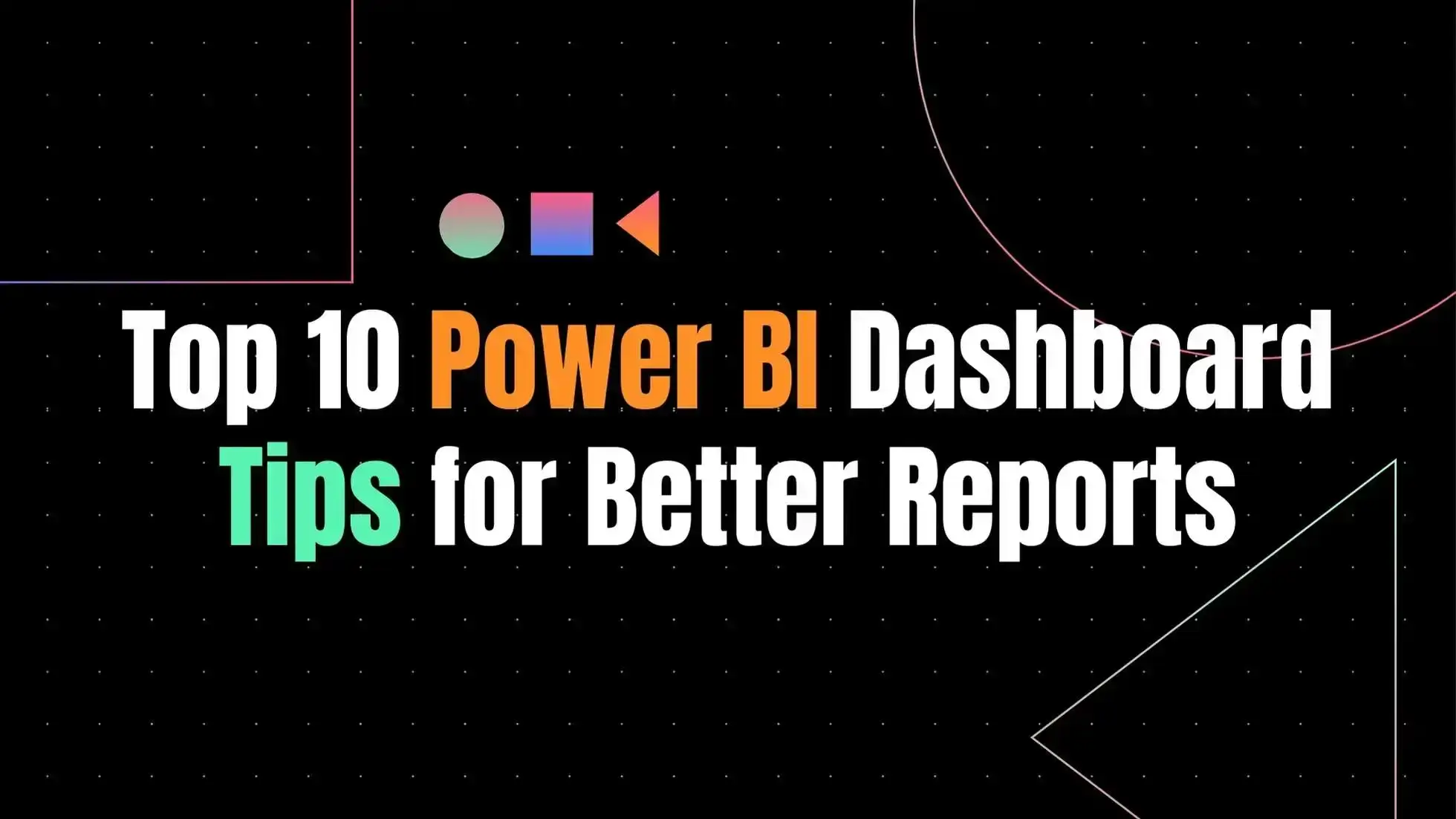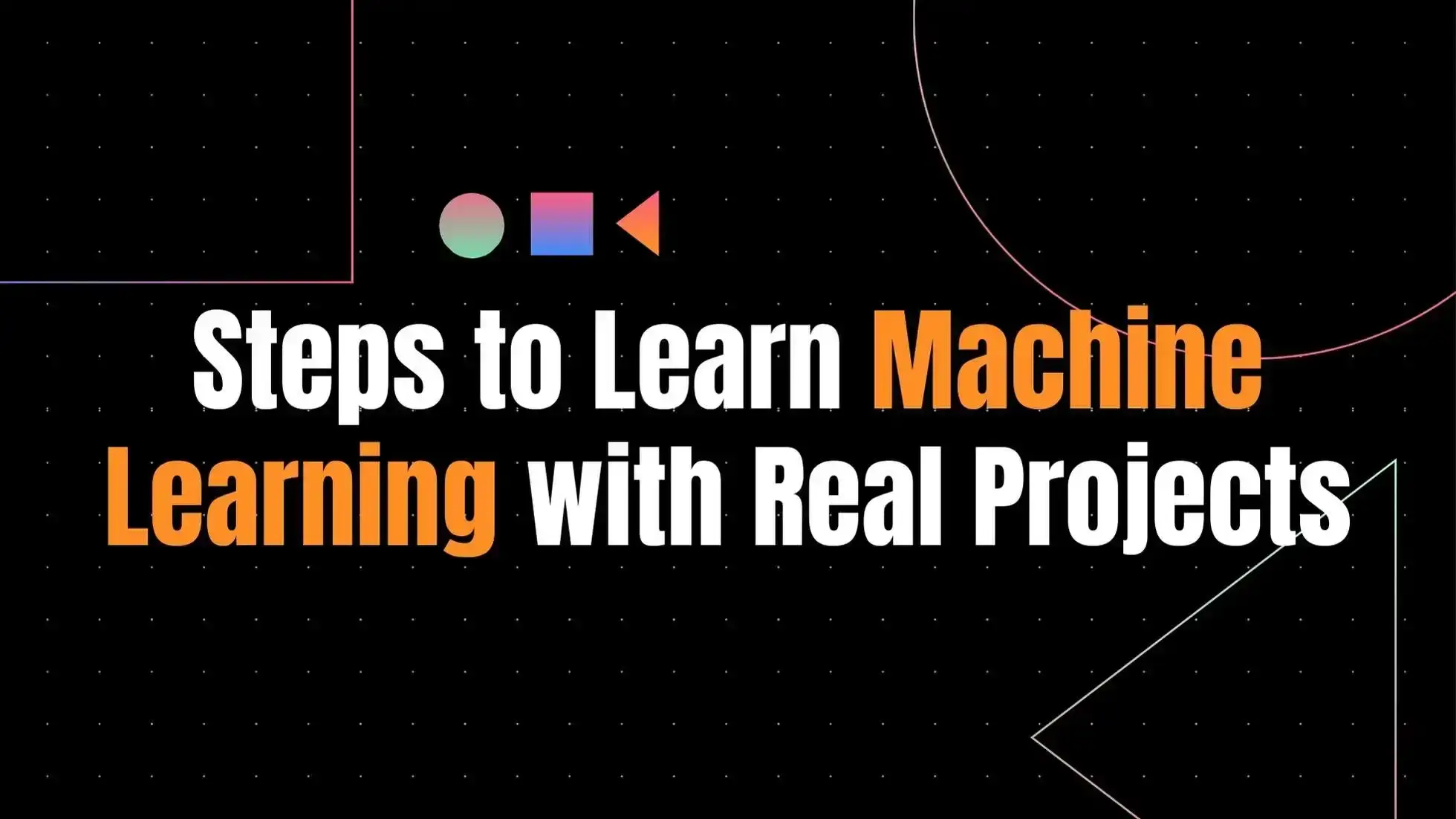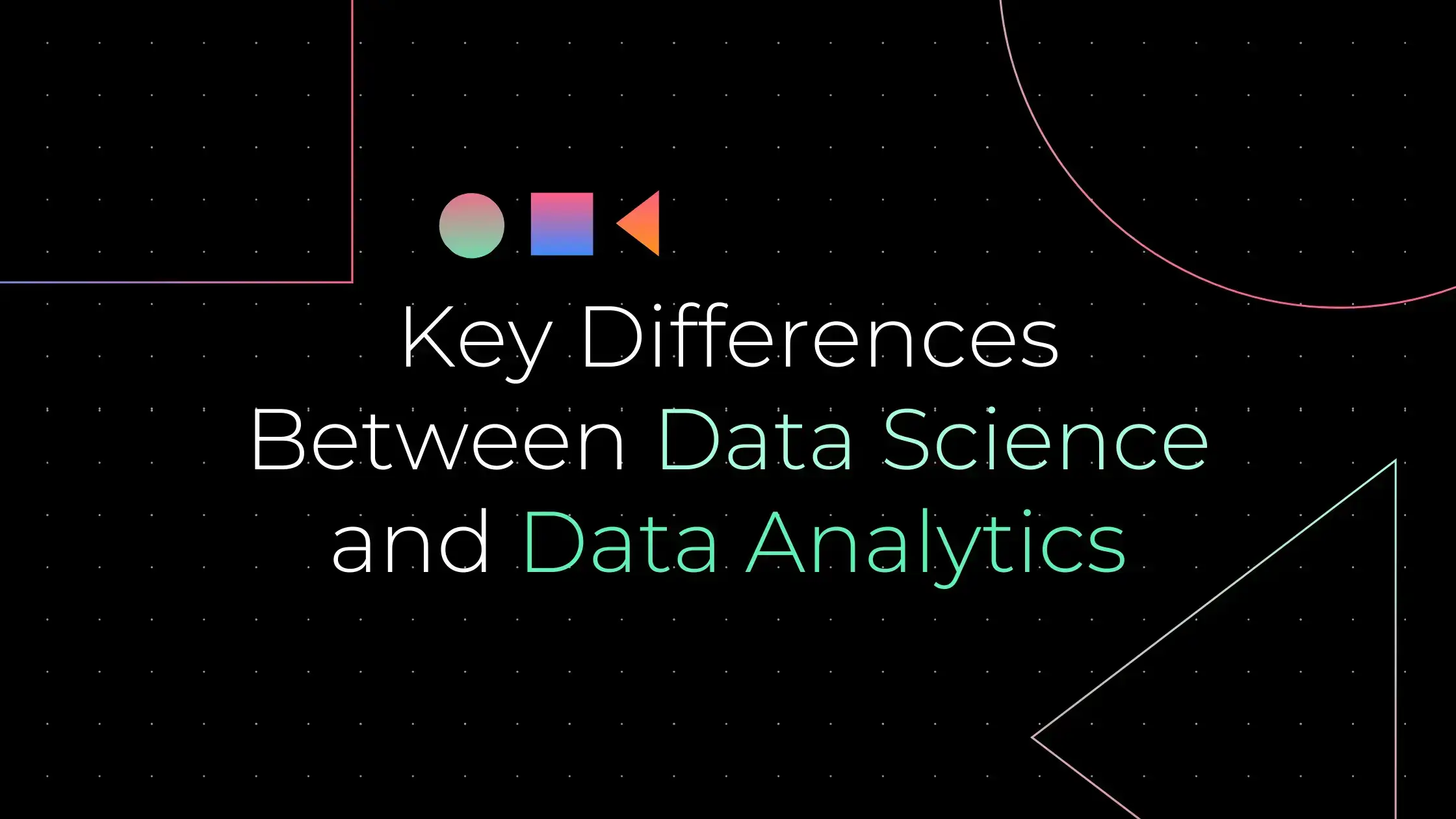Python Potential: Learn Python Programming For Beginners!
Python is one of the most popular and versatile programming languages in the world. It has been around since the early 1990s and is used in nearly every area of software development, from web development to artificial intelligence. If you’re a beginner and looking to break into the world of programming, then learning Python is a great place to start!
This comprehensive guide will take you through the basics of Python and provide you with the knowledge you need to start programming with Python. From setting up your development environment to writing your first program to debugging and testing, we’ll cover it all! So, let’s get started!
SECTION 1: What is Python and why should you learn it?
Python is a high-level, object-oriented programming language that was created in the late 1980s. It is used to create web applications, desktop applications, and even mobile applications. Python is also used in data science, machine learning, artificial intelligence, and many other fields.
Python is considered to be easy to learn, with a syntax that is both clear and concise. It is also versatile, as it can be used for both small and large projects. This makes it a great language for beginners to learn.
Python is also an open-source language, which means that you can access its source code and modify it as you wish. This makes it an ideal language for developers who want to customize their applications. Finally, Python is highly extensible, meaning that you can add new features and modules to your applications easily.
SECTION 2: What can you do with Python?
Python is a very versatile language that can be used for a variety of tasks. It is often used in web development, as it can be used to create dynamic websites and web applications. Python is also used in data science, machine learning, and artificial intelligence, as it allows for powerful analysis and prediction.
Python can also be used for game development, as it can be used to create both 2D and 3D games. It can also be used to create desktop applications and mobile applications. Finally, Python can be used to create scripts and automation, making it a great tool for automating tedious tasks.
SECTION 3: Setting up your development environment
Before you can start writing code, you need to set up a development environment. This is the software you will use to write and execute your code. The most popular development environment for Python is the Python IDLE, which is included in the official Python download.
The Python IDLE is a simple, text-based editor that allows you to write and execute Python code. It also includes a debugger, which will allow you to find and fix any errors in your code. The Python IDLE is a great choice for beginners, as it allows you to get started quickly and easily.
If you want a more advanced development environment, there are several other options available. Popular choices include PyCharm, Spyder, and Visual Studio Code. Each of these development environments includes additional features, such as code completion, syntax highlighting, and refactoring tools.
SECTION 4: Python basics – concepts and syntax
Once you have set up your development environment, you can start learning the basics of Python. Python is an object-oriented programming language, which means that it is composed of objects that have attributes and methods.
The syntax of Python is relatively simple and straightforward. It is based on English, which makes it easy to read and understand. Variables are defined using the = symbol and strings are enclosed in quotes. Indentation is used to create blocks of code, and comments are denoted by the # symbol.
Python is also a strongly typed language. This means that each variable has a type, such as int, float, or string. These types determine how the variable is used and how it is stored and manipulated.
SECTION 5: Python data types
In Python, there are several different data types that can be used to store data. The most common data types are int, float, string, and boolean.
An int is an integer, which is a whole number. A float is a floating-point number, which is a number with a decimal point. A string is a sequence of characters, such as a word or sentence. A boolean is a data type that can have one of two values: True or False.
In addition to these data types, there are also collections, such as lists, tuples, and dictionaries. Lists are an ordered collection of objects, while tuples are an immutable collection of objects. Dictionaries are a key-value store, where each item is associated with a key.
SECTION 6: Python functions
Functions are an important part of Python programming. A function is a block of code that can be executed when it is called. Functions allow you to reuse code and make your programs more organized and efficient.
Functions are defined using the def keyword, followed by the function name and parentheses. The code within the function is indented, and the function is called using the function name and parentheses.
Functions can also accept parameters, which are values that are passed to the function when it is called. These parameters can be used within the function to perform calculations or manipulate data.
SECTION 7: Control flow and loops
Control flow is used to determine which parts of a program are executed and in which order. This is done using conditional statements, such as if, elif, and else. Conditional statements allow you to execute a block of code only when a certain condition is met.
Loops are used to repeat a section of code multiple times. There are two types of loops in Python: for loops and while loops. A for loop executes a section of code for each item in a sequence, while a while loop executes a section of code until a certain condition is met.
SECTION 8: Object-oriented programming in Python
Object-oriented programming (OOP) is a programming paradigm that focuses on the creation and manipulation of objects. In OOP, objects are used to represent real-world entities, such as users or products.
In Python, objects are defined using the class keyword. Classes are used to create objects and define their attributes and methods. Objects can be created using the object keyword, and methods can be called using the dot notation.
OOP allows you to create more organized and efficient code, as it allows you to reuse code and separate the concerns of your program. It also makes it easier to debug and maintain your code.
SECTION 9: Working with files in Python
Python can be used to work with files, such as text files, CSV files, and JSON files. Python includes several built-in functions for reading and writing files, such as open() and write().
Using these functions, you can read data from files, write data to files, and even create and delete files. You can also use the with keyword to open files in a more secure and efficient way.
SECTION 10: Debugging and testing in Python
Debugging is the process of finding and fixing errors in your code. Python includes several built-in functions and libraries that can be used to debug your code.
The most popular debugging library is pdb, which allows you to set breakpoints and step through your code line by line. You can also use logging to log errors and other information, and unites to write automated tests for your code.
SECTION 11: Python libraries and frameworks
Python includes several libraries and frameworks that can be used to create powerful applications with minimal effort. Popular libraries include numpy and pandas, which are used for data analysis and manipulation, and matplotlib, which is used for data visualization.
Popular frameworks include Django, which is used for web development, and Flask, which is used for web services. These frameworks allow you to quickly create powerful applications with minimal code.
SECTION 12: Conclusion
Python is an amazing language that can be used for a variety of tasks, from web development to data science. It is easy to learn, versatile, and highly extensible. This comprehensive guide has taken you through the basics of Python, from setting up your development environment to working with files and debugging.
Now that you have the basics down, it’s time to start exploring Python and unlocking your potential! Whether you’re interested in web development, data science, or game development, Python has something to offer you. So, what are you waiting for? Get started today!
At Rise Institute Mumbai, we offer comprehensive Python training, designed to help you become a Python expert. With experienced instructors and a hands-on approach, we can help you unlock your full Python potential. So, if you’re ready to take the next step in your programming journey, contact us today!
Why Rise Institute Mumbai is Best For Python Programming Training?
Rise Institute is a well-known institute for learning Python programming Classes in Mumbai. Here are some reasons why Rise Institute is the best for learning Python programming:
Experienced Faculty: Rise Institute has a team of experienced and knowledgeable faculty members who are experts in their field. They have hands-on experience in working on Python projects and can provide valuable insights and guidance to students.
Comprehensive Curriculum: The Python programming course offered by Rise Institute covers a wide range of topics, starting from the basics of Python programming to advanced topics like machine learning and data science. The course is designed to provide a comprehensive understanding of the language, making it suitable for beginners as well as professionals.
Hands-on Training: Rise Institute provides hands-on training to students, giving them practical exposure to Python programming. This approach helps students to understand the concepts better and apply them in real-world scenarios.
Industry-relevant Projects: The Python programming course at Rise Institute includes industry-relevant projects that help students gain practical experience and build a portfolio of their work. This helps them to showcase their skills to potential employers and improve their job prospects.
Placement Support: Rise Institute offers placement support to students, helping them find suitable job opportunities after completing the course. The institute has tie-ups with several companies across different industries, and students get access to job opportunities through the institute’s placement cell.
Affordable Fees: The Python programming course at Rise Institute is reasonably priced, making it accessible to students from all backgrounds. The institute also offers flexible payment options, making it easier for students to manage their finances.
In conclusion, Rise Institute is the best institute for learning Python programming in Mumbai. With its experienced faculty, comprehensive curriculum, hands-on training, industry-relevant projects, placement support, and affordable fees, it offers the perfect platform for students to learn Python programming.


